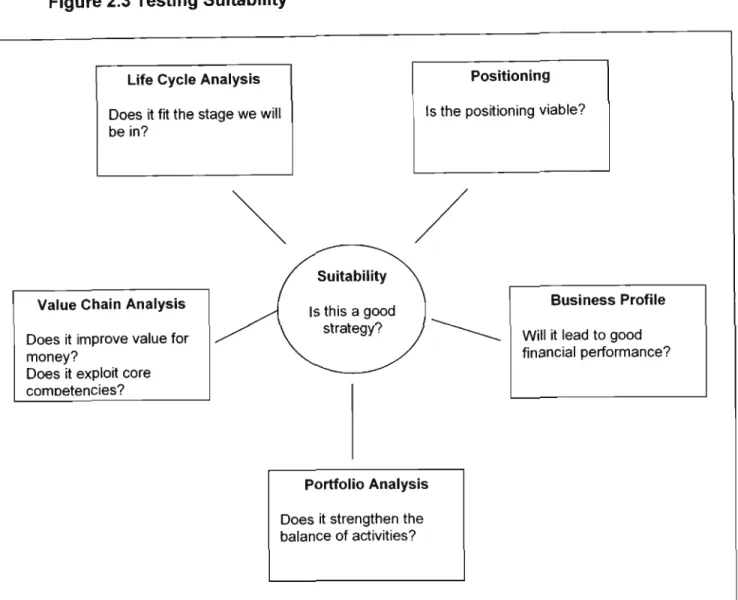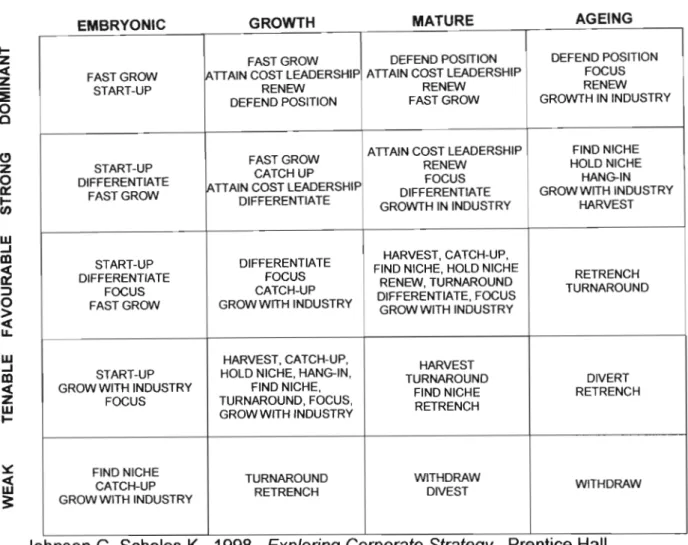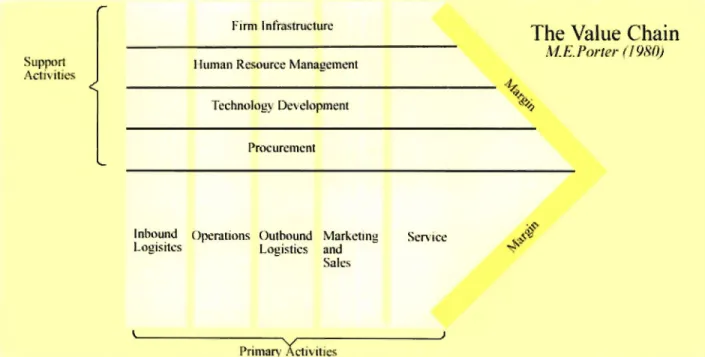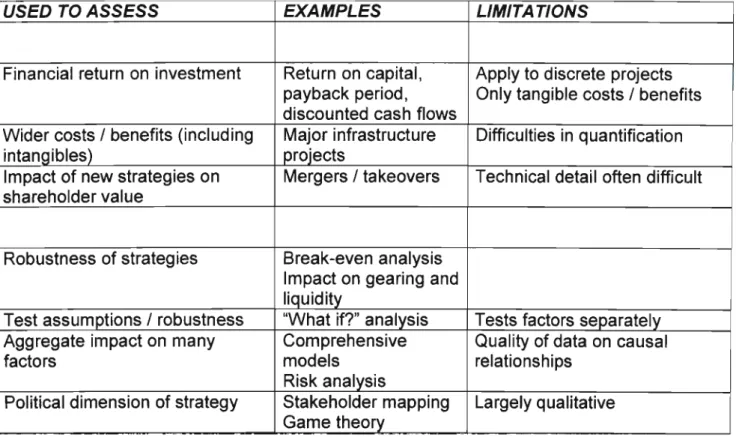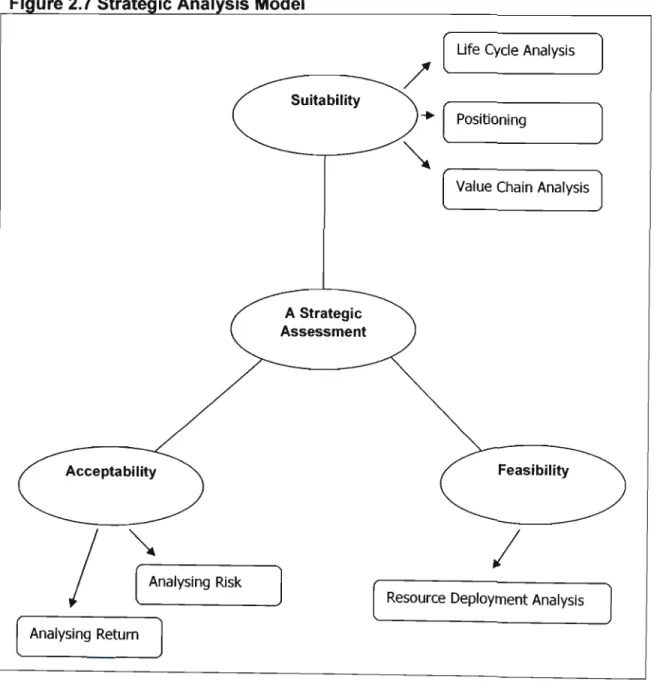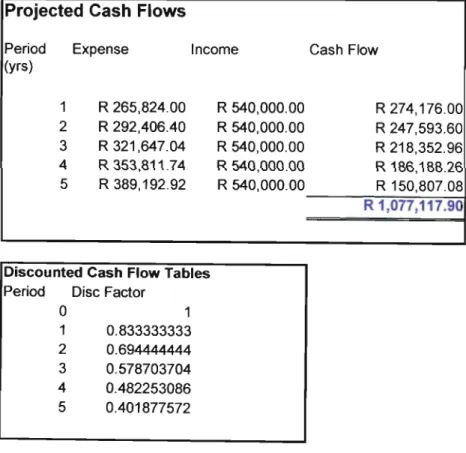This article attempts to analyze the situation of a small business in the South African market. In particular, this article assesses the strategic initiative of developing an attendance management program to address the identified strategic gaps within Monitored Healthrisk Managers.
MOTIVATION FOR THE RESEARCH
The role of this research is to determine whether the answers that have been reached are indeed feasible. Ultimately, the value of this research project is to ensure that MHM continues on the right track to maintain its profitability.
VALUE OF THE PROJECT
This research will form the basis of a report to the board highlighting identified strategic gaps, if any, and recommending ways to overcome such issues.
OBJECTIVES OF THE STUDY
PROBLEM STATEMENT
THE RESEARCH METHODOLOGY
Qualitative research has an emergent (as opposed to predetermined) design, and researchers focus on this emergent process and the results or product of the research. These experiences will also be used to develop a case study and ultimately assess the company's current strategic direction.
RESEARCH LIMITATIONS
While a variety of information will be assessed, the primary framework upon which the analysis of the case study will take place is that developed by Johnson & Scholes, with specific reference to their criteria around suitability, acceptability and feasibility. While MHM had undertaken such a study in the past, the penetration of the research questionnaire was poor.
RESEARCH STRUCTURE
Ultimately, this chapter will determine whether developing and ultimately launching a participation management program was the right strategic option in response to the identified strategic gaps. Is attendance management program development the right response to these strategic gaps?
STRATEGY IN CONTEXT
INTRODUCTION
Having said that, there can be no doubt that a number of individuals pioneered strategy as a discipline. Every chief executive officer (CEO), or any individual or body that contributes to the process of strategy development, can be seen as the artist.
WHAT IS CORPORATE STRATEGY?
34;Corporate strategy is a pattern of major goals, purposes or objectives, and essential policies and plans for achieving those goals, stated in a way that defines what activities the company is or will be engaged in and what kind of company it is or will be.". Without practical application becomes the field of corporate strategy purely academic and contributes little to the successful future of any organization.
THE ORIGINS OF CORPORATE STRATEG
According to Lynch (2000) the North American economic boom of the 1940s spurred the development of corporate strategy as we know it today. This information was then used to assist in the strategic management process, further increasing its effectiveness.
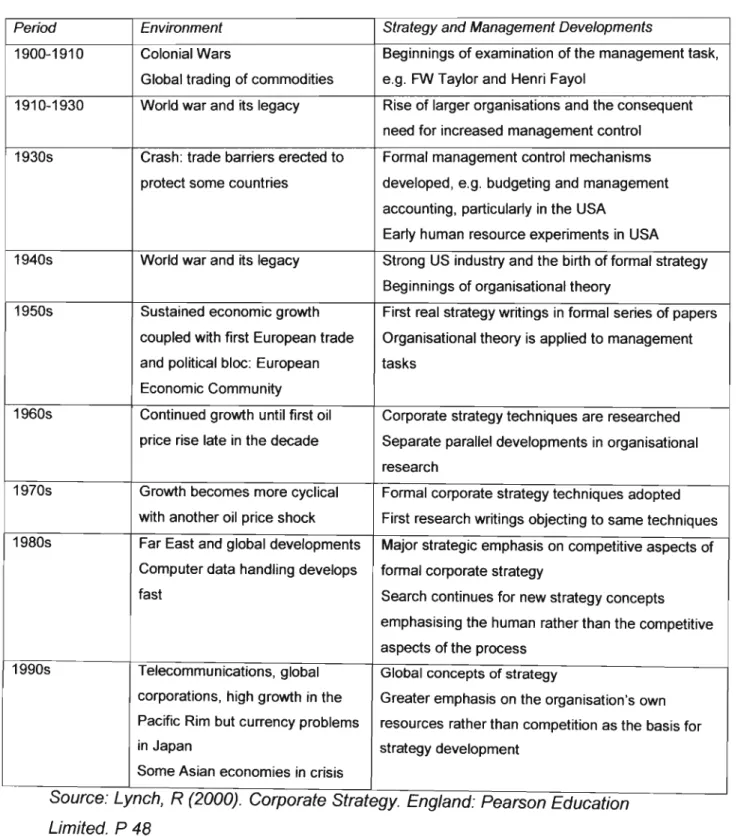
STRATEGY DEVELOPMENT
Poor financial results: As in any businesses, poor financial performance often leads to either a change in senior management or a change in the direction of the firm. The strategy decision maker must now deal with a number of different objectives, each of which puts pressure on a complex array of resources, to ultimately ensure the success of the organization.
THE PRESCRIPTIVE APPROACH TO CORPORATE STRATEGY
The prescriptive approach to strategy generates a variety of options that allow for comparison. A number of critics have questioned the validity of the prescriptive approach to strategy development, the most notable of which is Mintzberg.
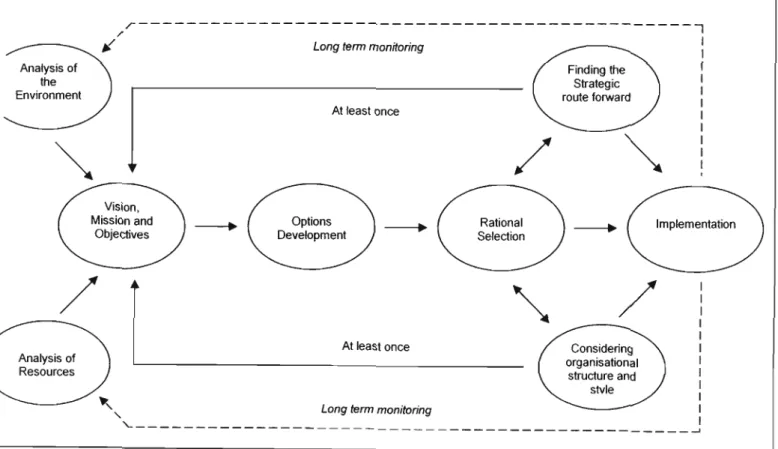
THE EMERGENT APPROACH TO CORPORATE STRATEGY
A review of the history of business strategy development, as well as the two primary schools of approach to business strategy. After taking the emergent or prescriptive approach to strategy development, or perhaps a combination of both, strategic decision makers come up with a number of strategic options to pursue. In his definition, Stacey refers to strategic logic as a key element in assessing suitability.
What is interesting about Stacy's approach is his interpretation of suitability as being the last step in the assessment of strategy. At its most basic level, this could include areas such as One of the central aspects of Johnson & Scholes' (2003) framework for assessing suitability is that it is comprehensive in its coverage of a number of aspects in an organization against which a strategic opportunity must be assessed.
There are a number of portfolio matrices that can be used to help determine the current stage of the organization. The purpose of the value chain analysis developed by Porter and represented in Figure 2.5 is to determine where value is created and destroyed in the value chain.
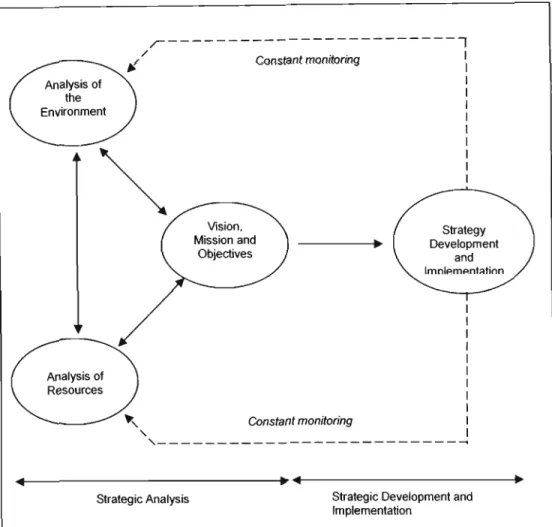
The Value Chain
CASE STUDY
Without delving into the details of MHM's management structure, it is important to note that the primary responsibility for running MHM's operations lies with the Managing Director, with the remaining two Directors playing an executive role in terms of providing advice. role for MHM. The need to create the services offered by MHM initially arose within the medical aid industry, with MHS providing the necessary expertise and Bay Union the brokerage experience to secure the deal. This is an extremely important concept and has contributed to the success and longevity of the managed healthcare industry.
The ability to effectively profile the entire population of medical plans and group them accordingly. It was formed in response to the medical industry's need to be able to offer a variety of "wellness products" to its consumers. Unfortunately, this wealth of clinical expertise does not incorporate hard business skills, an already recognized deficiency that limits the future growth of the organization.
This is an area that MHM has recognized and has actively sought someone to operate at senior management level to help guide the company's operations. As such, there was no definite need for a strong brand to support the company's operations.
SPORT
Product Range
SCHOOLS
CURRENT STRATEG
In many cases, demanding members are uneducated in terms of the correct utilization of medical aid benefits. However, a further important aspect of the attendance management program is to be able to uncover the myriad of other factors that employees love about the job. What sets the attendance management program apart from other wellness initiatives is the fact that the effectiveness of the program is clearly measurable.
By adding value to absenteeism, it drives home the importance of an attendance management program. The second purpose is for this figure to serve as a benchmark against which to measure the effectiveness of the attendance management program. To be sustainable, the program must reduce absenteeism costs by more than the costs of implementing the program.
MHM has chosen to charge a lower monthly service fee, provided it contributes to the cost savings resulting from the implementation of the program. However, in the short term, there is a possibility that some of these resources could be deployed to enable the implementation of the attendance management program, especially if it is rolled out in a pilot format.
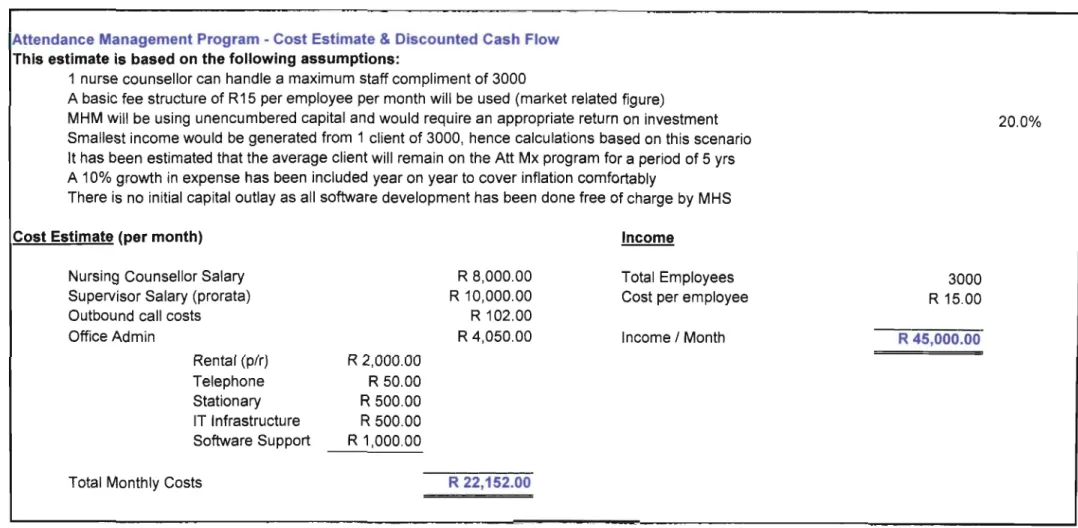
CONCLUSION
STRATEGIC ANALYSIS
AN ASSESSMENT OF SUITABILITY
The first step in assessing suitability is to examine the position and lifecycle analysis of the attendance management program in relation to MHM and its environment. A further contributing factor to the adoption of the attendance management program is the fact that this product was developed by MHM themselves. To understand the impact of a presence management program in terms of Porter's value chain, it is first necessary to structure the MHM operation (from a business perspective) into a value chain.
Although brief commentary on the value chain has been provided here, it is sufficient to place the attendance management program in this chain. This is the heart of MHM operations and is an area where the attendance management program will fit. The second benefit of the attendance management program is the link it creates between outbound logistics and marketing and sales.
The attendance management program is designed to function as a modified stand-alone wellness program. It is possibly in this area that the attendance management program has the greatest synergistic effect.
AN ASSESSMENT OF ACCEPTABILITY
MHM's attendance management program offers many of the benefits of an EAP program, at half the cost. Although it appears that the implementation of the attendance management program is beneficial, the risk associated with such implementation has not yet been explored. For an attendance management program to be successful, the costs associated with implementing the program must be significantly less than the savings generated.
An important factor to consider when assessing the risk of implementing a participation management program is that program development has already occurred. MHM also has the current capacity to be able to absorb the staffing requirements of program implementation up to a certain point. One of the unique features of MHM's attendance management program is the software on which the entire operation runs.
Call Center infrastructure and protocols are both key to successful attendance management program development. Another key aspect of the participation management program is the outsourcing of level 2 interventions to experienced market practitioners.
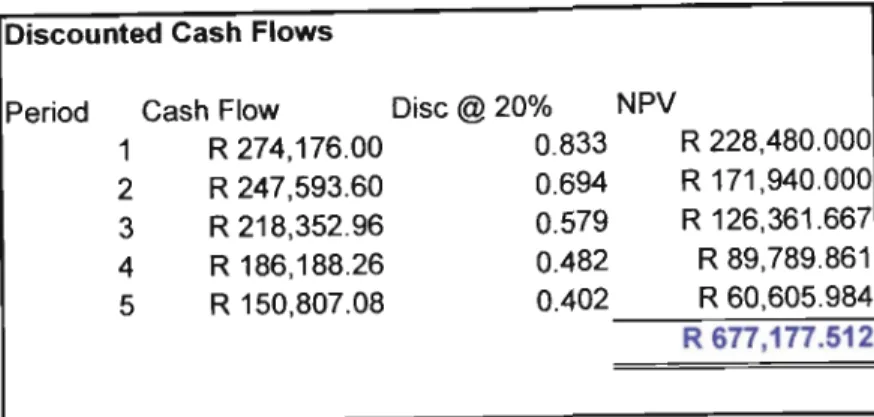
RECOMMENDATIONS
- BENEFITS OF IMPLEMENTING THE PROGRAM
- ADVANTAGES OVER COMPETITIVE PRODUCTS
- LIMITATIONS OF THE PROGRAM
- CONCLUSION
Based on this experience in the corporate sector, MHM developed its attendance management program. In all respects, the attendance management program has proven to be robust and profitable, able to operate in a variety of circumstances. In addition, an attendance management program was developed that operates in two phases (primary and secondary intervention).
The attendance management program provides this opportunity, especially with the market currently wide open. The conceptual model on which the attendance management program is based is unique to the market. MHM's attendance management program relies on the expertise of its nurse advisors to ensure the success of the program.
However, the model on which the attendance management program was developed is specifically limited to the white-collar market. These obstacles are mainly related to the environment within which the attendance management program can operate effectively.
BIBLIOGRAPHY
Robertson, D.A. (2003). Agent models of the banking network as an example of a turbulent environment: Reconsidered vs. 1962) Strategy and Structure: Chapters in the History of the Industrial Firm.
